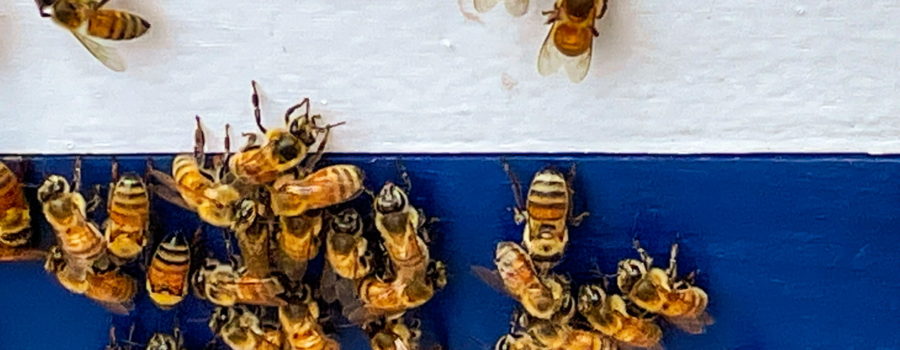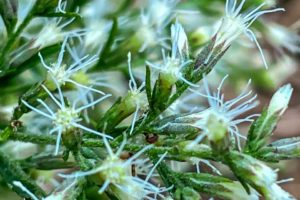Honey Bees Have an Incredibly Complex Social Structure
Back in July I wrote about the wonderful experience I had watching a beekeeper set up new hives in his honey business. I had never really been around honey bees before, and I learned A LOT! In the post I wrote in July about that experience I wrote mainly about the process of moving the bees from one hive to another and setting up the hives for the best honey production. Today, I’d like to focus on the complex social structure that these animals have. If you’re like me, you will be surprised by some of the things that I learned!

For example, I always thought that the queen had it made! I’m mean, after all, she’s the queen and the whole hive depends on her, right?!? Well, that’s partially true, but her life is anything but restful. As soon as she is mature enough, she breeds once. After that breeding she literally spends the rest of her life laying eggs. She doesn’t stop to sleep or rest and even eats on the run. If she is not producing well enough, the members of the hive will simply kill her and make a new queen! So much for being a revered supreme ruler! The queen is also the one who secretes the pheromones that keep the hive together. As the hives were being set up, once the bees became acclimated to the new hive, they went outside and positioned themselves with their back ends up in the air and flapped their wings. This distributes the pheromones into the air so that stragglers can find their new home. See the following video. It’s very cool!
All of the bees we were seeing in the video and in the photos are females. The vast majority of the hive is female, and most of the work is performed by females. They look after the eggs and the larvae by building up the waxy cubicles where the eggs are laid, they produce the honey that feeds the larvae and the hive, including the reserves which is what is eventually harvested, and they forage for food and pollen. As with the queen, if these female bees do not do their jobs well, the hive will simply destroy them and replace them. Males are really only produced when a breeding is needed. They perform that function, and then, like anyone else there is no use for, they are killed and removed from the hive. I love this video showing some of the bees coming back to the hive with their legs covered in pollen.
Four of the hives that were moved that afternoon in July were amazingly calm and not terribly disturbed by being handled, but one hive was very upset. Even in our bee suits, we had to move away from them for a few minutes and let them settle down. I was a little way from the hive watching, so they didn’t bother me much, but even as he moved away, a bunch of them followed Lee. It was very easy, even for me as a first timer, to see the difference in their behavior. Lee had put some pine needles in a smoker and started them smoking before he began moving the hive. He explained that the smoke makes them think that the hive may be in danger from a fire, so they focus their attentions on gathering their reserves in case they have to move. That behavior settles them by distracting them from what ever had them angry (in this case, the whole move). It was really surprising how quickly it worked! Within a few minutes they had settled down, the ones that had followed Lee away from the hive had returned, and he was able to finish getting them established in their new location. By the time he had finished, they were just as docile as the other hives!

Based on what I have learned from that one day out there with Lee and the bees, I know one thing! There is still a lot more to bees and bee keeping than I could ever have imagined! Since that day, Lee has sent me several videos of some of the others things he is doing with the bees, and it is fascinating! I look forward to finding out what happens next, and of course, to the day when he can actually start harvesting honey!





Recent Comments